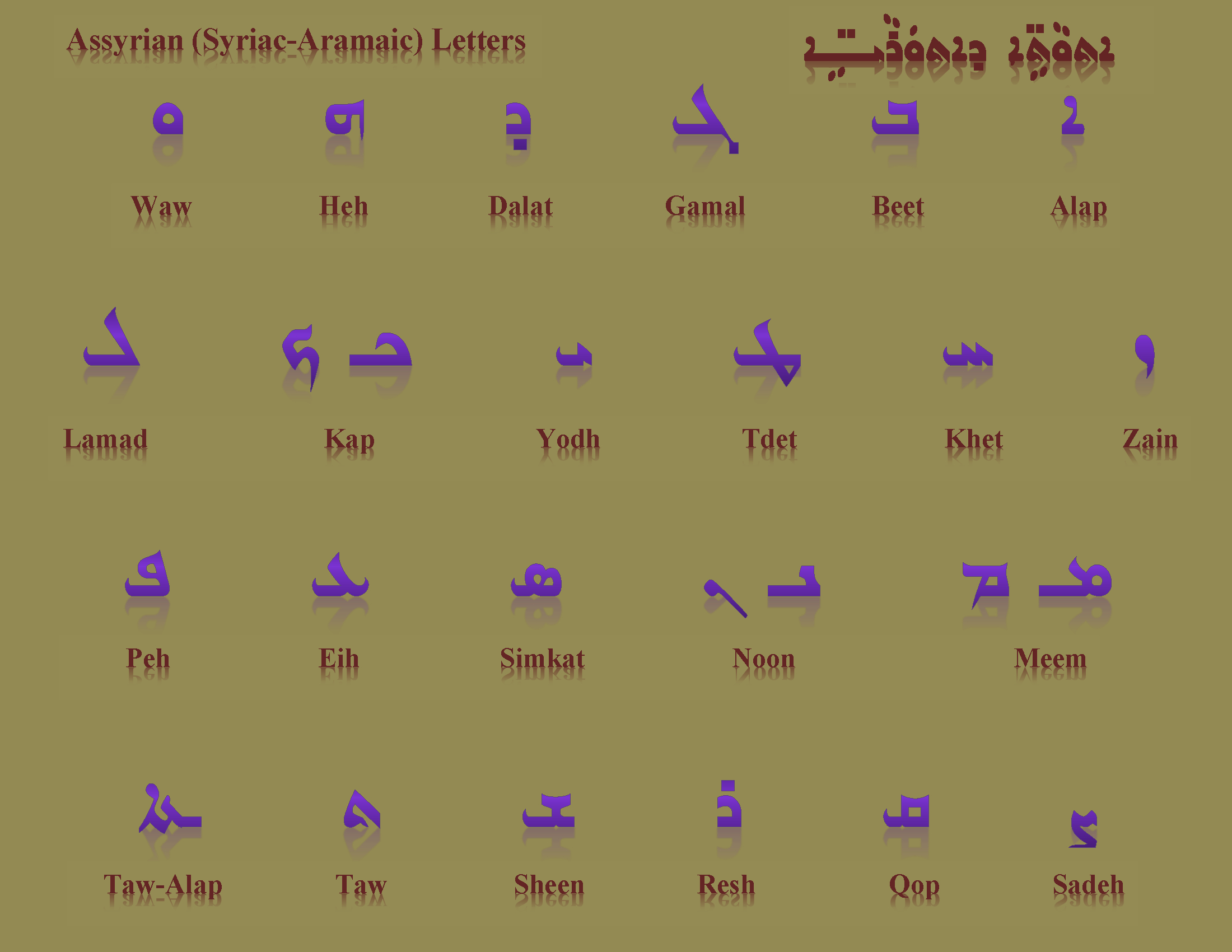· a primary challenge to the study of aramaic is that it has so many historical phases and regional variations. Aramaic evolved into various dialects, including classical syriac, mandaic, jewish babylonian aramaic, and modern neo-aramaic languages like suret and turoyo. Moyer explores the rich legacy of the aramaic language. This version of the aramaic alphabet dates from the 5th century bc and was used to write imperial aramaic, the standardised and offical language of the archaemenid empire. Aramaic belongs to the northwest group of the semitic language family, which also includes the mutually intelligible canaanite languages such as hebrew, edomite, moabite, ekronite, … Where is aramaic still … Often called biblical aramaic. The language of jesus of nazareth: Several parts of the bible were written in aramaic, and it is still used today for. A form of jewish palestinian … In importance it rivaled phoenician … · the language of portions of the hebrew bible, mainly the books of ezra and daniel: Aramaic is a northwest semitic language that originated in the ancient region of syria and quickly spread to mesopotamia, the southern levant, sinai, southeaste. · aramaic is an ancient semitic language. · among the jews, aramaic was used by the common people, while hebrew remained the language of religion and government and of the upper class. Originally spoken by aramaeans in northern syria and mesopotamia, it gradually became the lingua franca of the ancient near east from india to egypt. Even as aramaic has largely died out as a spoken language among jews, it is still alive and well in yeshivahs around the world, where thousands of students labor over ancient talmudic and …
Aramaic To English: Google Translate Vs. Human Translators
· a primary challenge to the study of aramaic is that it has so many historical phases and regional variations. Aramaic evolved into various dialects,...









